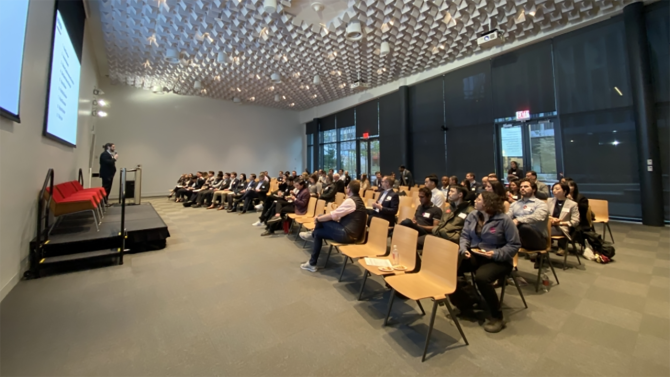The Managed Growth Strategy – Issues and Opportunities Paper, helping the City of Greater Bendigo to determine how to manage future growth, has been released for public comment until Friday March 4.
As part of this consultation process, the City is also calling for expressions of interest from landowners with land that meets certain criteria to be investigated for potential future residential development.
The Issues and Opportunities Paper is set out in themes – housing, environment, infrastructure, transport, economy and employment, and rural areas.
Mayor Cr Andrea Metcalf said with Greater Bendigo’s population forecast to reach 200,000 by 2050, it was important to take a proactive approach to managing growth.
“It will be a balancing act for the City to identify the most suitable locations for new housing development while not impacting on the neighbourhood features or Greater Bendigo’s overall reputation as a desirable place to live,” Cr Metcalf said.
“We’ll be thinking about open space, places of cultural and heritage significance, including our heritage buildings, and how we ensure any future growth doesn’t adversely impact on these.
“The current Urban Growth Boundary will also be considered and whether any changes are needed.
“The main point of this part of developing the strategy is to test with the community as to whether the issues and opportunities associated with Greater Bendigo’s growth have been captured correctly and reflected in the paper.”
A number of principles will guide the development of the Managed Growth Strategy, including:
- Future housing must be in an area of low bushfire risk
- A range of different types of housing, including affordable housing, in well-serviced locations
- Environmentally Sustainable Design
- Future development areas need to have access to utilities
- Development prioritised in areas that can be supported with cost effective utility connections and integrated water principles
- Access to shops and employment opportunities
- Avoid loss of habitat and native vegetation
- Buffer provided between industry and residential housing
- Any contaminated land remediated prior to use
- Water ways protected from residential impacts
- Recognition and Settlement Agreements that are in place with Traditional Owners need to be considered
- Levies, such as Development Contributions, need to be considered
For the EOI process, land needs to be:
- Greater than one hectare in size (or an agreement from adjoining landowners to deliver one hectare)
- Be within or close to the existing Urban Growth Boundary
- Be subject to minimal environmental constraints – low bushfire and flooding risk, low levels of contamination
- Not heavily vegetated
- Not be too steep
- Not be heavily impacted by groundwater
- Be close to existing services, such as sewer, water and power, if not already serviced








